“Oh my!” I exclaimed as I stood with a friend admiring her latest garden addition. She was more creative than I and loved to experiment with uniquely new things.
“What did you say it was called?”
“It’s a donkey tail succulent,” she said — once again happy that she had impressed me with a new addition. “Sedum burrito is also called burro’s tail or lamb’s tail. It’s a fantastic succulent, don’t you think? I mean that long, trailing stem certainly looks like a tail.”
“Like a thicker, trailing hen and chicks — will it survive the winter?”
We live in a 4-season climate. Plants have to be hardy to survive the cold months.
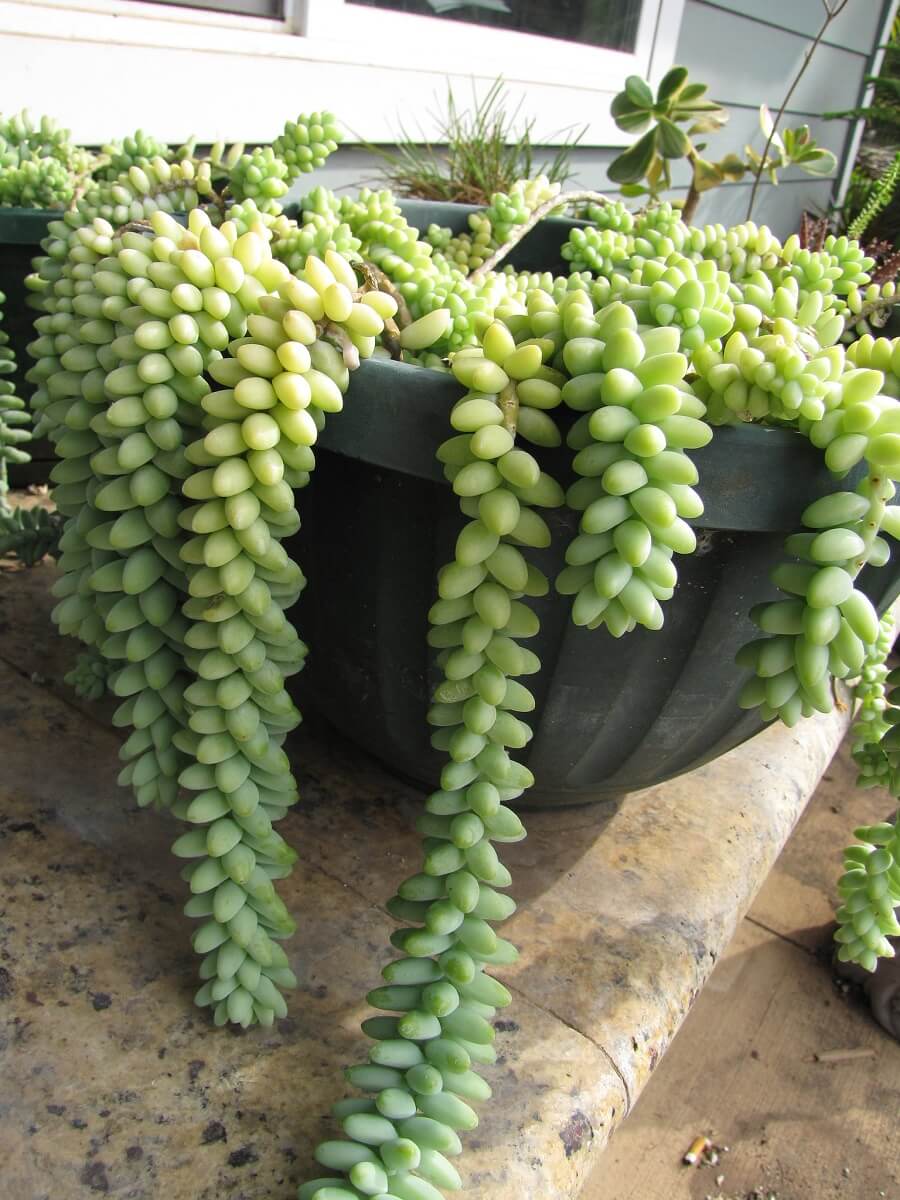
“No. I’ll have to bring it inside. It’ll make a lovely indoor plant, trailing over my sunroom menagerie.”
“Any flowers?” I asked.
“Hopefully,” my friend beamed. “Outdoors, the donkey tail succulent might give me red, yellow, or white flowers in late summer. Unfortunately, the plant rarely blooms indoors.”
“So … enjoy the colorful display when it’s outside?”
“Exactly.”
I couldn’t wait to do more research on the donkey tail succulent. What I learned from my reading was the donkey tail makes a great plant for wannabe gardeners who believe they want plants, and then conveniently (or inconveniently) forget about them.
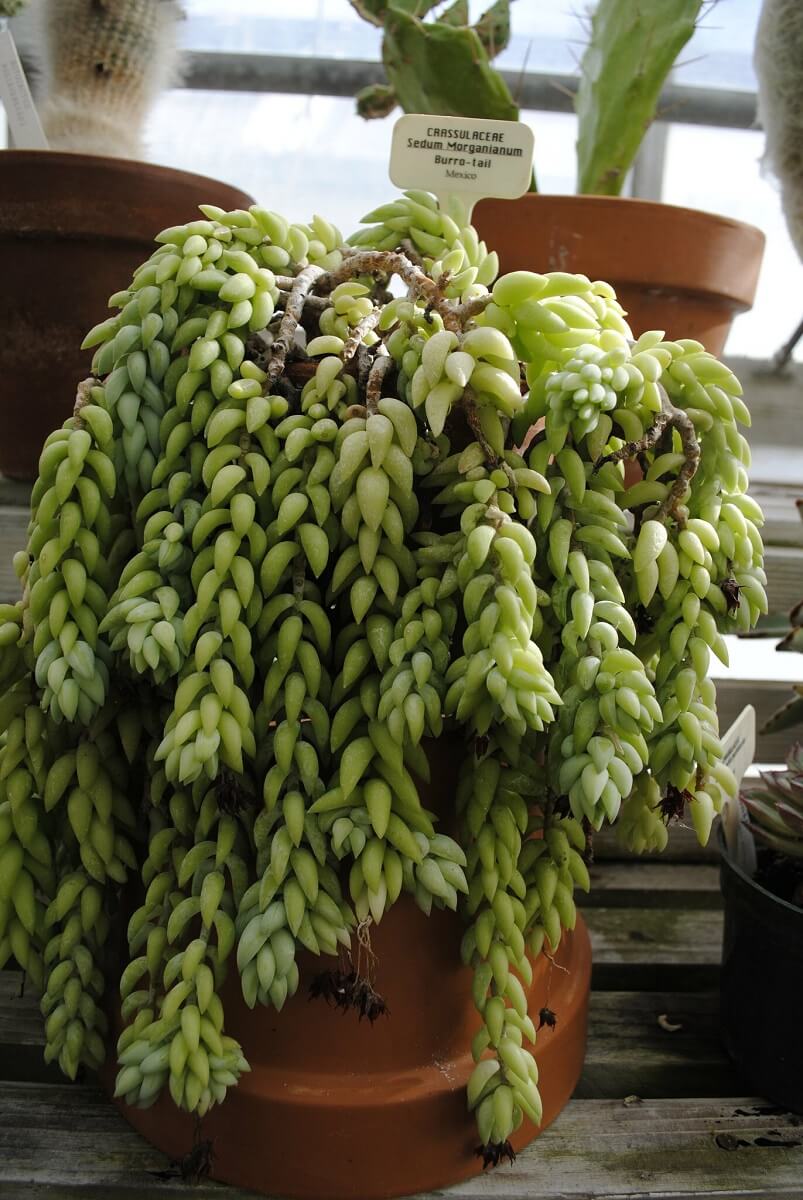
I didn’t think I fell in this category, but there have been times when life got in the way of watering. This donkey tail succulent does well when neglected. Another bonus: The donkey’s tail is not particularly susceptible to pests. Although (like any other plant) it can attract aphids.
Related Post: How to Get Rid of Aphids
While you can hose off the aphids, it’s not advisable. This succulent — with its long, dangling tails — is rather fragile. An option is to gently mist the plant every few days with organic neem oil. This care will gradually eliminate the aphid problem (usually in a couple of weeks).
Donkey Tail Succulent Water and Sun Requirements
The plant is native to Honduras and Mexico. It’s a slow-grower but over the course of time, the dangling tails can be as long as 4 feet. As mentioned, the long tails make the donkey tail succulent rather fragile, so it’s best to find a sunny spot and leave it as opposed to moving it around and risking damage.
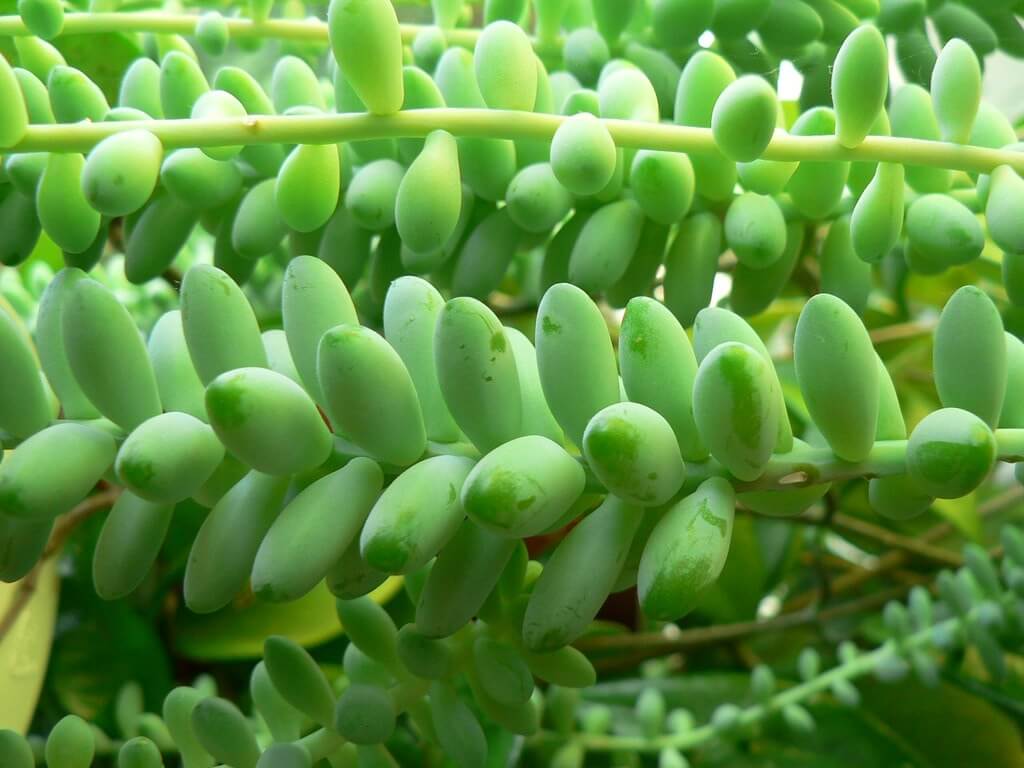
It does best in a spot that receives plenty of warm, morning sunlight, and avoids the harsher afternoon sun. It does best, whether potted or in the ground, in well-drained, sandy soil preferably with a neutral to acidic pH at 6.0.
Related Post: How To Make A Succulent Terrarium
Drought resistant like most succulents, the donkey tail prefers to be watered less often, rather than frequently. However, it’s usually a good idea to water it more frequently during the spring/summer growing season, and reduce the watering in the fall and winter months. The best way to manage the watering is to allow the soil to dry out completely before watering again.
Repotting and Propagating the Donkey Tail Succulent
The donkey tail succulent’s fragility makes it difficult to repot, but it can be done with care. Avoid repotting unless absolutely necessary. Should the plant lose some of its beaded leaves while attempting to repot it, place the broken off leaf in a new pot filled with its preferred soil mixture, and leave half of the leaf exposed. Water at least once a week until new growth appears, then revert to the watering routine of the parent plant.
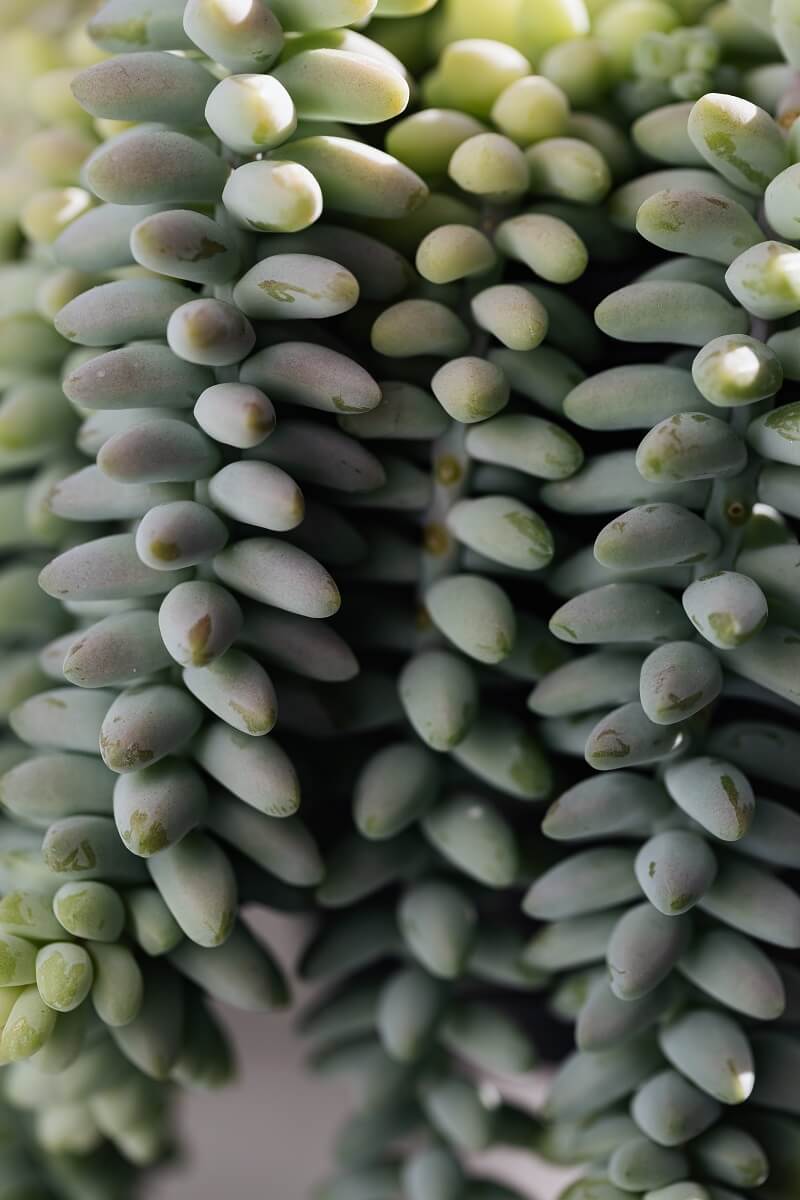
Now, you may wonder, is the plant poisonous or edible? Well, the good news is that it’s nontoxic and not one of the poisonous succulents. It’s safe to have this plant indoors where young children and pets may consume its leaves — as children and pets sometimes do.
Some say that the leaves are edible and can be used as food, but it’s not something I would care to try. For me, the donkey tail succulent would be a conversation piece to add to my indoor and outdoor gardens.


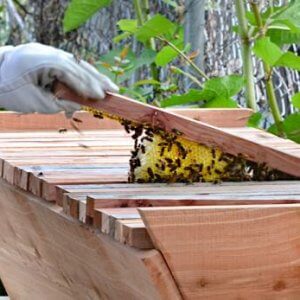




















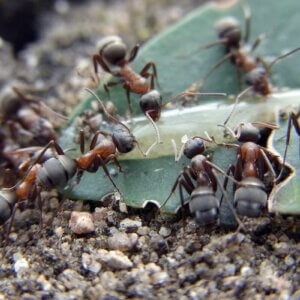


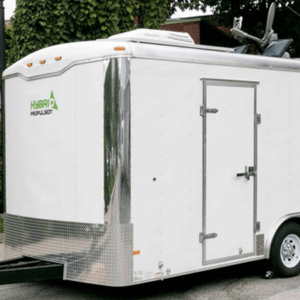

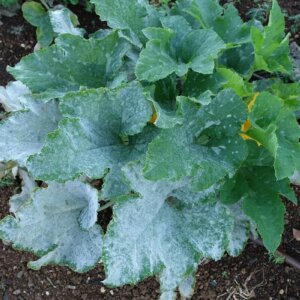


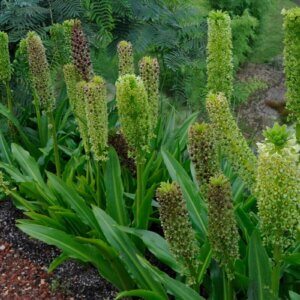










Leave a Reply